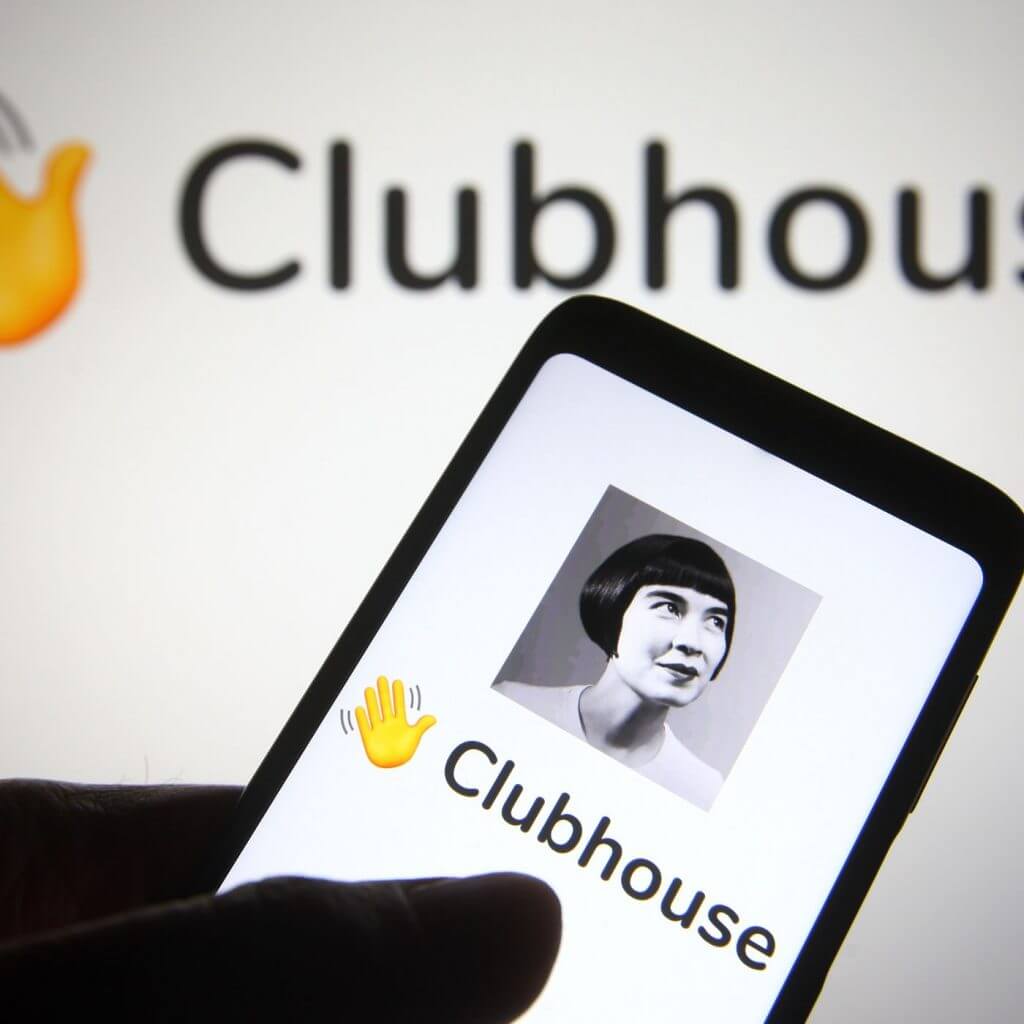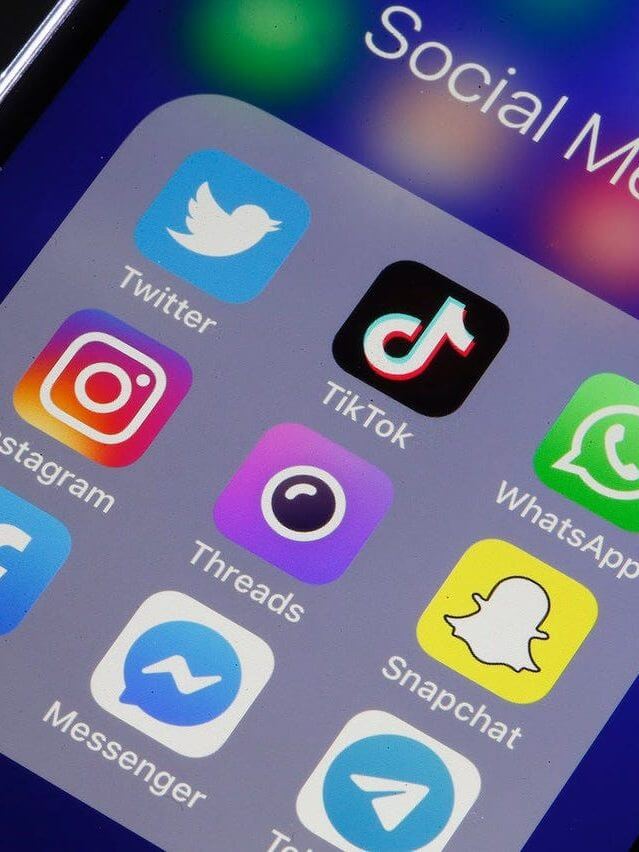Can Clubhouse and Drop-In Audio Change the Way Brands Connect with Consumers?

2020 expediated the steady rise in digital audio consumption worldwide as the world spent more time online, either logging into endless Zoom calls or trying to entertain ourselves on mundane daily walks. In fact, more than 70% of US adults listened to digital audio content at least once a month in 2020, accounting for more than 10% media time. Therefore, brands should have an audio advertising strategy to reach their audiences where they are spending most of their time.
Audio consumption has been moving this way for a while; UK podcast listeners more than doubled in the 5 years leading up to the pandemic, with a similar rise in interest across the pond.
It was no surprise then when excitement began to build around the new Clubhouse app, a social platform that describes itself as “A new type of social network based on voice—where people around the world come together to talk, listen and learn from each other in real-time.” Users can listen in on conversations, interviews, and discussions on various topics that are streamed live, from tech-bros discussing cryptocurrencies to smaller rooms of friends just “hanging out”.
Audiences in the US and beyond were disappointed to learn they need an invitation to join from existing members, but Clubhouse has steadily grown its member-base to 10 million active users via the irresistible combination of hype, exclusivity, and a global pandemic.
Big social players have noticed and are following suit with similar live audio offerings, including Twitter, Facebook, LinkedIn, Telegram, Discord and Slack, as a reaction to shifting consumer habits but also to grow and retain users. With this comes the need to create an audio advertising strategy to convert seemingly new and exciting opportunities for marketers by reaching and engaging with new audiences.

Why are marketers paying attention to Clubhouse?
Clubhouse’s content diversity will be attractive to marketers alongside its organic growth via invitation only, which at first glance suggests a safe and community-centric environment. Users can select their interests and follow other Clubhouse members and content creators, whether it’s people in their immediate friendship circle or Elon Musk.
From a media-mix standpoint, novel and emerging social players also present exciting opportunities to advertise outside of the Facebook-Google duopoly. Audio advertising is no longer reserved for big brand awareness campaigns, with the rise of programmatic audio exchanges and audio-display formats that offer both scale and return on investments.
However, Clubhouse currently has no ad-support – as a new business in their growth stage, this is unlikely to be high priority as it could diminish that growth. Instead, the app will roll out a “Creator Grant System” by introducing subscriptions, ticket sales and tips to monetize the app and pay its “Creators” this year. This will mean that more time and investment is given from creators looking to make a name for themselves, shaping a new type of social media influencer but offering limited options for advertisers outside of this sphere.
How have other Social Platforms responded?
No doubt noticing Clubhouse’s popularity, big social players are following suit with live audio formats: Facebook has recently announced their plans for a similar feature they describe as “an audio only version of zoom”- which sounds suspiciously like a phone call – while Twitter has recently launched their “Spaces” functionality this month in US, offering users the option of listening in on conversations from people they follow. Discord has reacted to a new diversity of events during the pandemic by releasing “Stages”, while LinkedIn, Telegram and Slack are testing new social audio and voice chat features.
From an advertising standpoint, it’s possible we’ll see new placements introduced to Ads Manager platforms on Facebook, Twitter, and LinkedIn, but it remains to be seen whether audio ads will be introduced, and how. Image and video extensions could be more likely, offering higher engagement rates and greater measurability. In practice, potential reach will be small in the short term while the level of adoption is determined.

How can marketers capitalise on the audio opportunity?
An audio advertising strategy may be required to play a part if Clubhouse is to maintain growth and retain their customers once the hype subsides and the app becomes less exclusive. However, this will require both appealing to advertisers and appeasing their users who probably feel the attraction to a social platform that isn’t so overtly mining their personal data.
The app has also been criticised for its failure to moderate inflammatory and abusive content in the past, including racist and antisemitic content. Ensuring brand safety will be paramount to attract potential advertisers, but the challenges that TikTok and YouTube have faced in doing so shows the enormity of this task.
The app will also need to tighten up data privacy and safeguarding against cyber-attacks, having suffered some “data spillages” in the past, or risk losing active users.
Although a lot of brands want to be first in line to test fast-growing platforms, Clubhouse can’t currently offer some of the advertisers non-negotiables that are being looked for – scale, data granularity, targeting capability, and ROI measurement. The app would need to strike a fine balance between maintaining loyal members, leveraging user data effectively, and ensuring brand safety for ad-support to be a success.
The likes of Facebook, Twitter, LinkedIn and Discord offer more viable marketing solutions within the live audio space in the short term, but due to limited scale, this could be more likely as incremental value to existing activity.
Ultimately, marketers need a tailored approach to media buying and optimisation based on their target audience behaviours. Audio streaming partners, programmatic audio exchanges or traditional radio, therefore, shouldn’t be overlooked as channel opportunities.
Hear more about how we use new and exciting channels to connect your brands to consumers.


